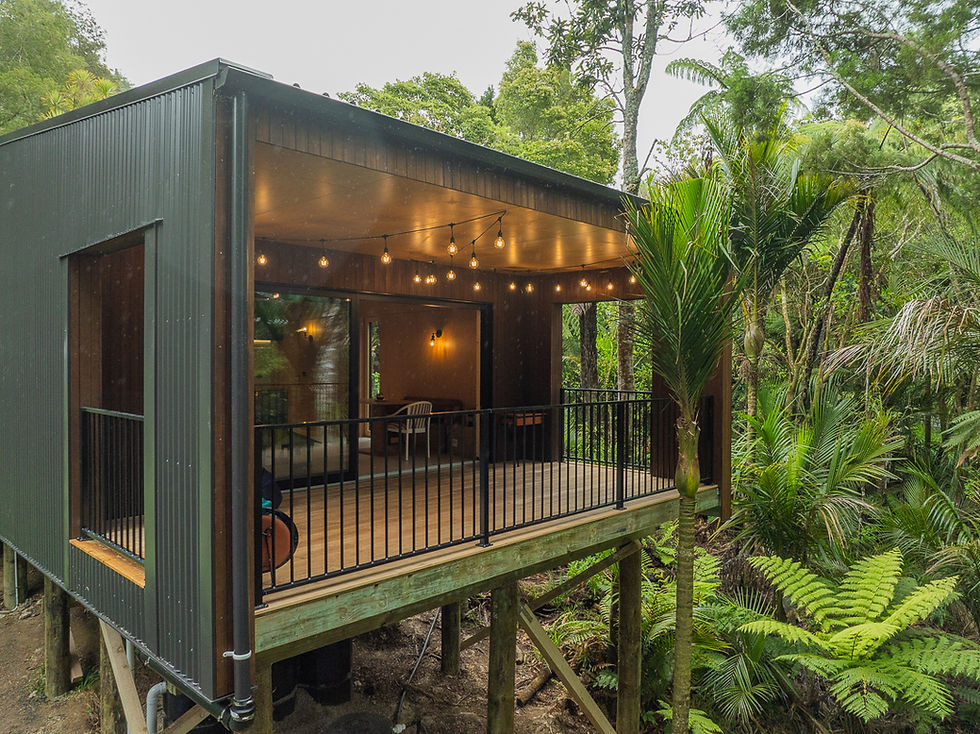Is your wish list a new Auckland passive house?
- Wah

- Jun 17, 2020
- 2 min read
Updated: Oct 1

Warren Adolph Homes believe that every New Zealander deserves a warm dry home that is cheap to heat and pleasant to live in. Which are the key benefits of a well-designed passive house.
A new passive house can reduce energy consumption by up to 90% and cut harmful environmental emissions by following the principles of an air-tight design.
The first passive house was built in 1991 by an Austrian, Doctor Feist. He discovered that if a house was designed to be air-tight, it could almost entirely avoid heat loss and redistribute the heat generated by appliances and people to warm the home. Also that heated air inside the home could blanket cold air on entry.
Over the last decade there has been a growing movement worldwide to build healthier more eco-friendly homes. Research has yielded valuable insights into the benefits of proper insulation, thermal materials and better processes designed to lower the carbon-footprint of the average family home.
In New Zealand, a country with the world’s highest per capita asthma rates, there has been a huge government focus on better home insulation through the Warmer Kiwi Homes programme. The Homestar rating system, run by the not-for-profit Green Building Council measures the health, warmth and efficiency of New Zealand houses.
Passive houses use a fraction of the energy required to heat or cool the average New Zealand home. Most of the year, the lucky owner won’t require any more heating than that generated by the oven and their own body heat. What a way to live!
If you’re considering building a new passive house, here’s what you need to consider with your designer and Licensed Auckland Builder:
1. Optimal location of the house on the site to maximise sunshine exposure in the winter and shade in the summer.
2. High-quality insulation under the house, behind walls and in the ceiling to maintain ambient year-round temperatures whatever the weather.
3. Membrane seals to prevent heat leakage.
4. Windows with double or triple glazing to trap heat in.
5. An energy-efficient HRV system with an air purification function. This removes moisture from high condensation areas and redistributes energy from the warm areas like the living room into lesser-used areas like bedrooms.
Yes passive houses tend to be more expensive to build upfront but studies have shown that in the long run, the incremental cost pays for itself. In lower heating costs, less environmental allergies and fewer winter ailments. Not to mention the benefit to your home’s resale value.
Talk to Warren Adolph Homes about best practice for passive houses as it’s something we’re passionate about. We’ve been crafting homes Aucklanders love for over 25 years. Our homes are built to last with a ten-year guarantee,
If you’re looking for the best passive house builders Auckland-wide, talk to us and book your free onsite consultation now.
Passive housing: Watch this 90-second guide to learn more.
.


Comments